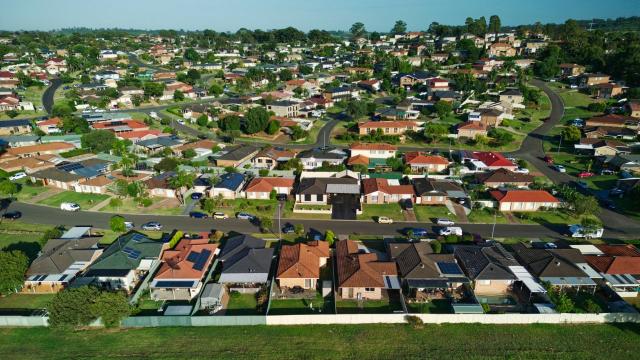It’s no secret the housing market, particularly the rental situation, is in dire straights right now. But just how bad is it? The Rental Affordability Index (RAI) published annually by SGS has been released, and it sheds some light on the trends impacting Australia’s housing market.
Findings from Australia’s 2023 Rental Affordability Index
According to SGS, the RAI is an indicator of rental affordability relative to household incomes and is applied to fine-grain geographic areas across Australia. The index score ranges from >200, being very affordable rents, to <50, indicating that the share of household income spent on rent is 60% or more, making it extremely unaffordable.
The report also defines the types of households in Australia as follows:
- Single pensioner: $36,700
- Pensioner couple: $54,300
- Single person on Jobseeker: $22,100
- Single part-time worker parent on benefits: $44,800
- Single full-time working parent: $104,500
- Single-income couple with children: $104,500
- Dual-income couple with children: $209,000
- Student sharehouse: $84,800
- Minimum wage couple: $91,800
- Hospitality worker: $62,800
For more info on the methodology, check out the full report.
But let’s check out some of the findings from this year’s RAI, shall we?
For each household:
- Single person on Jobseeker it is severely unaffordable to extremely unaffordable rents across all metropolitan and regional areas.
- Single pensioner it is extremely unaffordable to severely unaffordable in metropolitan areas and severely unaffordable to unaffordable in regional areas.
- For a pensioner couple, the report found rent to be unaffordable to Severely Unaffordable in metropolitan areas and Unaffordable to Acceptable in regional areas.
- For a single part-time worker parent on benefits, the RAI found rents to be Extremely Unaffordable to Severely Unaffordable in metropolitan areas and Severely Unaffordable to Moderately Unaffordable in regional areas.
- For a single full-time working parent, rents were deemed Moderately Unaffordable to Affordable in metropolitan and regional areas.
- For a single-income couple with children, the report found there to be Moderately Unaffordable to Acceptable rents in most metropolitan and most regional areas.
- For a dual-income couple with children it is considered Affordable to Very Affordable across all metropolitan and regional areas.
- For a student share house, rent was found to be “Unaffordable to Moderately Unaffordable across most metropolitan areas”.
- For minimum wage couples, rent was Unaffordable to Acceptable across metropolitan and regional areas.
- For a hospitality worker, rental costs were reported as Severely Unaffordable to Moderately Unaffordable across both metropolitan and regional areas.
Some other interesting stats we pulled out from the report are:
- Nationwide, the proportion of households renting has increased from 26% to 31% between 1995 and 2020.
- Since May 2022, interest rates have risen from a historic low of 0.10% to 4.10%
- Renters in every capital city are now in a worse position than they were prior to the start of the pandemic in 2019
- Greater Sydney is the least affordable capital city in the country, followed by Greater Hobart.
- The median rental price in Greater Sydney in June 2023 was $650, an increase of 18.2% since the year prior.
- Greater Perth has the fastest declining rental affordability at a rate of 10% per annum.
- Greater Melbourne and the ACT are the only Australian capital cities with an RAI level of ‘acceptable’
- Affordability has worsened considerably in Regional QLD, Regional SA and Regional WA over the past year, declining by 7-8%.
As you can see, the RAI paints a pretty grim picture of the rental situation right now.
“Key workers in critical industries are travelling further and further and being priced out of their city. We need a serious plan to provide the right housing at the right price to people who really need it. And we need to back that up, by supporting and empowering renters, not just homeowners,” Ellen Witte, Principal and Partner at SGS, said in response to the report.
If you’re interested in seeing the stats from last year’s report, you can find those here.
Lead Image Credit: iStock

Leave a Reply
You must be logged in to post a comment.